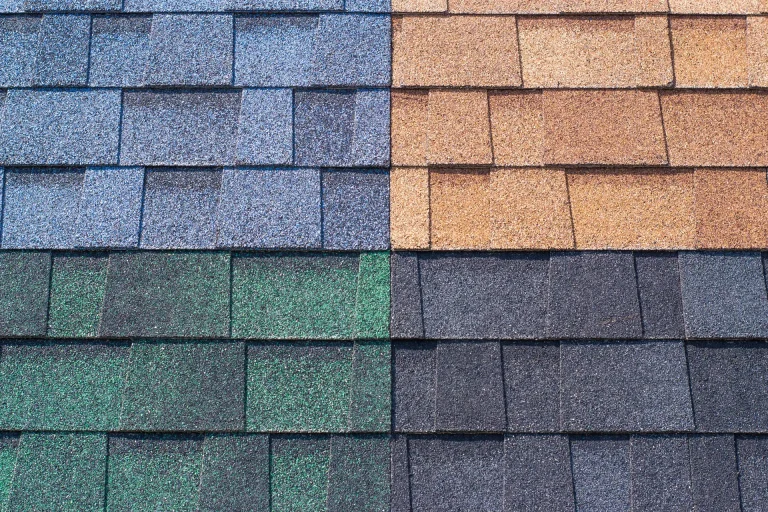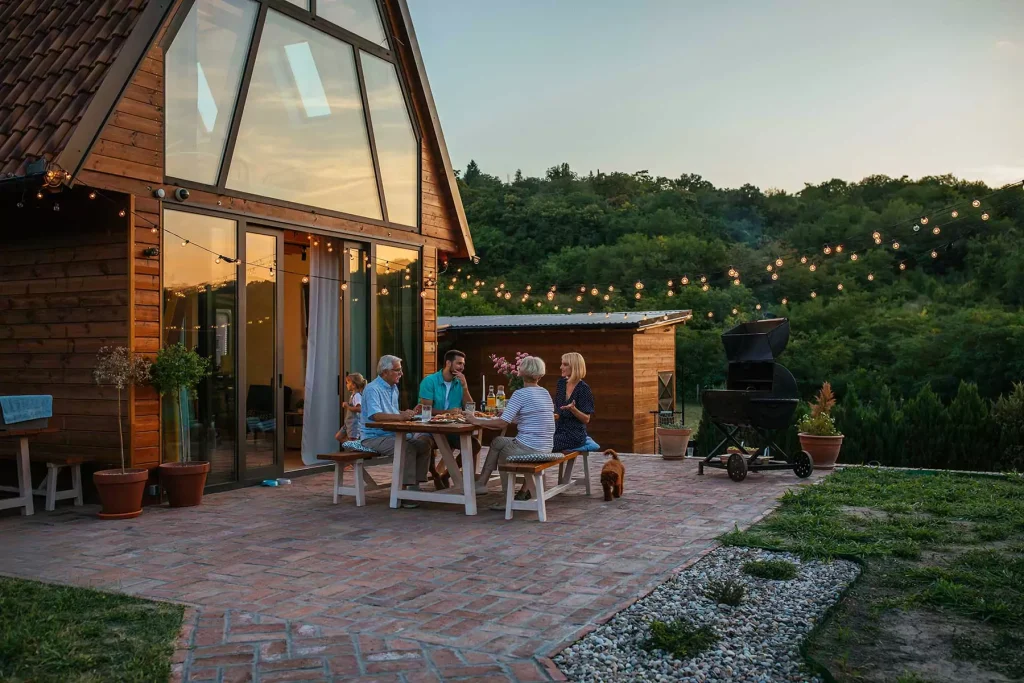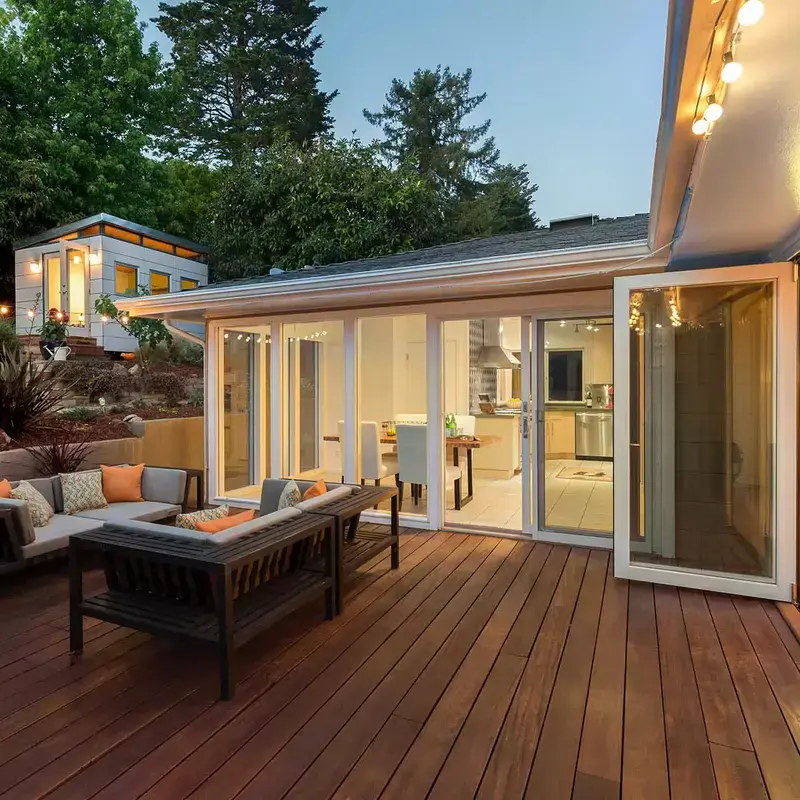Understanding Shingle Roofing Systems
Shingle roofing remains the most popular choice for residential properties across Worcester, MA and surrounding areas, and at Pinkman Roofing, we’ve installed and maintained thousands of these systems over our 20+ years of expertise. Asphalt shingles offer an ideal balance of affordability, durability, and aesthetic appeal that makes them suitable for virtually any home architecture. Modern shingle technology has evolved significantly, with manufacturers now producing options that can withstand winds up to 130 mph and last between 20 to 50 years depending on the grade selected. The composition of today’s asphalt shingles includes a fiberglass mat base saturated with asphalt and topped with ceramic-coated mineral granules. These granules serve multiple purposes: protecting the asphalt from UV radiation, adding color and texture to your roof, and increasing fire resistance. Our GAF Certified shingle installers understand how each component works together to create a weathertight seal that protects your home from the elements while maintaining proper ventilation and energy efficiency.
Shingle Selection and Material Options
When you’re considering shingle roofing for your property in Worcester, Shrewsbury, Holden, Auburn, Millbury, Leicester, & West Boylston, MA, you’ll encounter three primary categories: three-tab shingles, dimensional (architectural) shingles, and luxury shingles. Three-tab shingles provide a clean, uniform appearance with a single-layer design that typically lasts 15-20 years. Dimensional shingles, which we install most frequently, feature a multi-layered construction that creates depth and shadow lines, mimicking the appearance of wood shakes while offering 25-30 year lifespans. Luxury shingles represent the premium option, with enhanced thickness and specialized designs that can replicate slate or cedar shake appearances while lasting 30-50 years. The weight difference between these options significantly impacts structural requirements. Standard three-tab shingles weigh approximately 200-250 pounds per square (100 square feet), while dimensional shingles range from 250-350 pounds per square, and luxury options can exceed 400 pounds per square. Our free inspection and quotes include a thorough assessment of your roof’s structural capacity to ensure it can support your chosen shingle type without requiring additional reinforcement.
Installation Process and Technical Requirements
Proper shingle installation requires meticulous attention to detail and adherence to manufacturer specifications. We begin every project by installing ice and water shield along the eaves and valleys, extending at least 24 inches past the interior wall line to prevent ice dam damage. The underlayment system comes next, using synthetic materials that provide superior tear resistance and water protection compared to traditional felt paper. Our 5 Star Google Rating reflects our commitment to these crucial preparatory steps that many contractors rush through or skip entirely. Shingle placement follows specific nailing patterns that vary by manufacturer but typically require four to six nails per shingle, positioned precisely within the nailing strip. The exposure (visible portion) of each shingle must maintain consistency throughout the roof plane, usually measuring 5 to 5-5/8 inches for standard dimensional shingles. Starter strips along the eaves and rakes create the critical first water seal, while hip and ridge caps provide the finishing touch that protects these vulnerable intersection points.
Maintenance Requirements and Longevity Factors
Whether you need shingle roof repairs or installation, our licensed and insured team brings over 20 years of hands-on experience to every job. Regular maintenance significantly extends shingle life, and we recommend annual inspections to identify potential issues before they become costly problems. Key maintenance tasks include:
- Debris removal: clearing leaves, branches, and other materials that trap moisture against shingles
- Gutter maintenance: ensuring proper water flow to prevent backup under shingle edges
- Moss and algae treatment: applying zinc or copper strips to prevent organic growth
- Flashing inspection: checking chimney, vent, and skylight flashings for deterioration
- Attic ventilation assessment: maintaining proper airflow to prevent premature shingle aging
Temperature fluctuations in our region create unique challenges for shingle roofing systems. The expansion and contraction cycles can cause granule loss, curling, and eventual cracking if the roof lacks adequate ventilation. We calculate the required net free ventilation area using the 1:300 rule (one square foot of ventilation per 300 square feet of attic space) to ensure optimal performance and manufacturer warranty compliance.
Investment Value and Energy Efficiency
Modern shingle roofing systems offer impressive return on investment through improved energy efficiency and enhanced curb appeal. Cool roof technology shingles with specialized reflective granules can reduce attic temperatures by up to 20 degrees Fahrenheit, translating to 10-15% savings on cooling costs during summer months. Impact-resistant shingles meeting Class 4 standards often qualify for insurance premium discounts ranging from 5-35%, depending on your carrier and location. These specialized shingles undergo rigorous testing, including steel ball drops from 20 feet, to earn their classification. The combination of insurance savings, energy efficiency, and extended warranty coverage makes premium shingle selection a financially sound decision for long-term property ownership.


